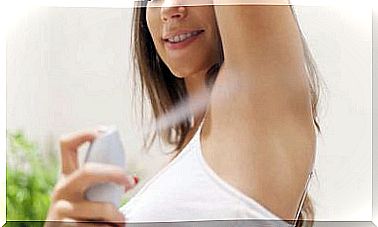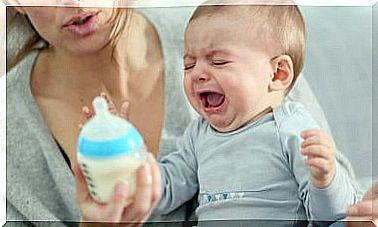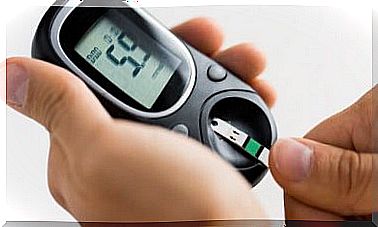What Is An Overbite And How Is It Treated?
Overbite is a fairly frequent alteration in the way of biting. It is characterized because the upper teeth of the mouth cover the lower ones or are very advanced.
The intensity of this malocclusion can be very slight and that only the dentist is able to detect it, or it can be so pronounced that the person cannot completely close their lips because their upper teeth protrude.
For those who suffer from it, it can mean an aesthetic problem that you want to correct. But in reality, if left untreated, it can also lead to health complications.
In this article we tell you its causes and complications. Also what are the treatment alternatives to correct it, according to the age of the patient. Read on and find out more about “rabbit teeth.”
Types of overbite
As we already mentioned, in the overbite there is an alteration in the relationship of the upper teeth with respect to the lower ones. There are different types of this condition:
- Horizontal: there is a greater space than usual between the edge of the upper incisors with the external (buccal) aspect of the lower incisors. When it comes to biting, the upper pieces exceed the lower ones by more than 2 millimeters, which is the usual horizontal distance. Thus, the superiors are ahead of the inferiors.
- Vertical: also called deep bite , it happens when the upper incisors cover more than 40% of the lower incisors. If the distance from the edge of the upper pieces to that of the lower ones is greater than 2 millimeters, we are already facing this alteration.
- Mixed: it is a combination of the previous two. The upper incisors are advanced and cover the lower teeth too much.
What are the causes of overbite?
The inappropriate relationship of the upper teeth with the lower teeth can be due to different reasons. The most common ones are detailed below.
Genetics and heredity
There are cases of overbite that have a hereditary origin. In general, the condition occurs in several members of the same family who are born with a small jaw or a very large upper jaw.
Dysfunctional habits
Some repetitive and non-functional habits of the child can influence the development and growth of his bones and the position of the teeth. The following habits give rise to the overbite:
- Finger sucking : the habit of sucking a finger on the hand is a dysfunctional habit in which non-nutritive sucking behavior is prolonged. These repetitive movements and the pressure generated by the finger can lead to abnormal development of the palate and movements of the teeth that are positioned at the wrong angle.
- Pacifier use: it is another type of non-nutritive sucking habit that can cause overbite problems. Its prolonged use, after 2 years of age, causes alterations.
- Tongue thrust: the pressure of the tongue against the dental elements pushes them forward. Although this custom usually causes another type of malocclusion called an open bite , it also generates an overbite. The origin of this habit is in anatomical alterations, such as swollen adenoids or tonsillitis, difficulties in swallowing correctly, stress and sleep problems.
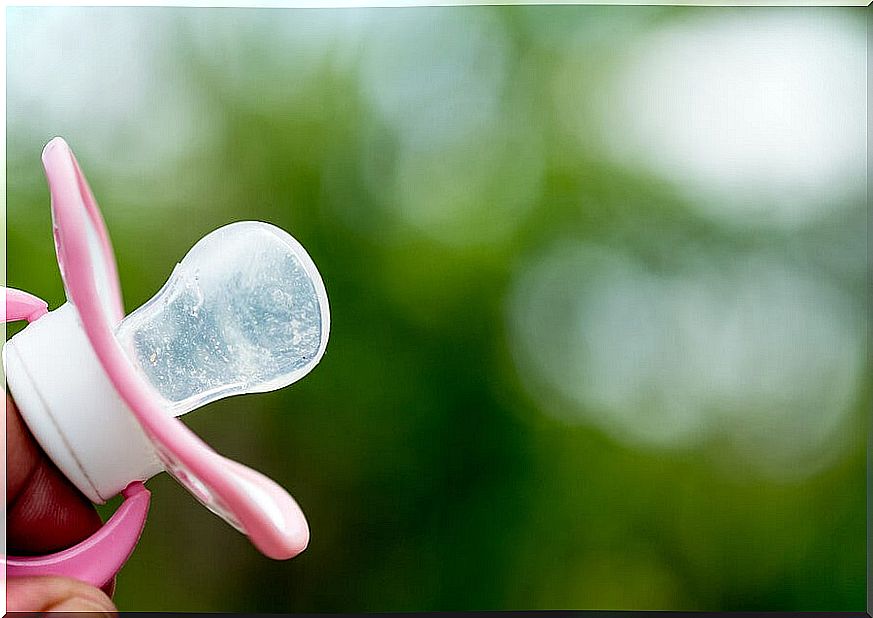
Dental malpositions
The lack of teeth, the presence of too many teeth, a retained element, a lot of space between pieces or dental crowding can cause movements of the remaining elements. This can affect the correct position of the incisors, causing the overbite.
Tumors and cysts
The presence of a cyst or tumor in the bone changes the position of the teeth, altering their correct alignment. The existence of a lump or growth of hard or soft tissue in the upper portion of the mouth can move the incisors forward causing an overbite.
Possible complications
The presence of an overbite not only affects the aesthetics of the person who suffers from it. It also alters other functions of the mouth causing different problems:
- Speech disorders: the overbite makes it difficult to pronounce phonemes involving the upper incisors and lips.
- Breathing problems associated with the origin of this malocclusion.
- Difficulty biting, chewing, and feeding properly.
- Damage to other teeth: wear of the enamel, increased risk of tooth decay, gingivitis and dental fractures.
- Change in the appearance of the face.
- Pain in the temporomandibular joint, in the head and in the neck.
Treatments available for overbite
The objective of the treatments is to correct the incorrect relationship of the upper pieces with the lower ones. Thus, a more aesthetic and functional bite is achieved that improves the patient’s quality of life.
In no case should teeth be moved at home. The application of forces on the teeth to correct their position must be carried out in a timely and controlled manner. Pretending to do it at home with your own means means a great risk and the possibility of generating much greater damage than the existing one.
The correction of the overbite will depend on the moment in which it is performed, on whether it is a child, adolescent or adult patient, the severity of the problem and the cause that originates it. An orthodontist will evaluate all these aspects and propose the best solution for each particular case. Treatments can be surgical or non-surgical.
Surgical
This treatment is the treatment of choice when the overbite problem is serious and cannot be solved with orthodontics. It is performed in adult patients in whom the bone has already stopped growing.
In these cases, the origin is due to a bone problem and surgery is the only possibility to give a correct relationship to the upper and lower jaws. During the intervention, the upper bone is moved backwards or the lower jaw forward, depending on the case.
The combination with fixed anterior and posterior orthodontics is necessary to complete the treatment. In cases where the overbite is due to lack of space, some teeth are extracted to relocate the rest.
Non surgical
Orthodontic treatment is the first option to address the problem with the use of different types of appliances. The choice of method to use will depend on the age, origin and severity of the case.
Some alternatives are the following:
- Interceptive orthodontics: these are the appliances that are placed in children between 6 and 11 years of age, at the time of dental replacement. They are used to guide and correct the growth of the jawbones while they are still developing. This type of early treatment makes it possible to achieve a correct relationship of both bones to each other and to avoid more difficult, traumatic, lengthy and expensive approaches in the future. To treat the overbite, palatal expanders are used, which are devices that adhere to the molars and have a screw that gradually separates two pieces.
- Brackets: Fixed braces with braces and wires are useful for correcting overbite in adolescents and adults. Here a correct bone relationship is no longer achieved, but dental movements are performed that allow an acceptable harmony of the upper teeth with the lower ones.
- Invisalign: it is an alternative orthodontic treatment with invisible and removable braces. It can be used in adolescents and adults. It consists of the use of a series of transparent aligners made for each patient that generate movements of the teeth. It allows to align them and place them in an appropriate relationship, achieving a result similar to that obtained with brackets , but in a more aesthetic way.
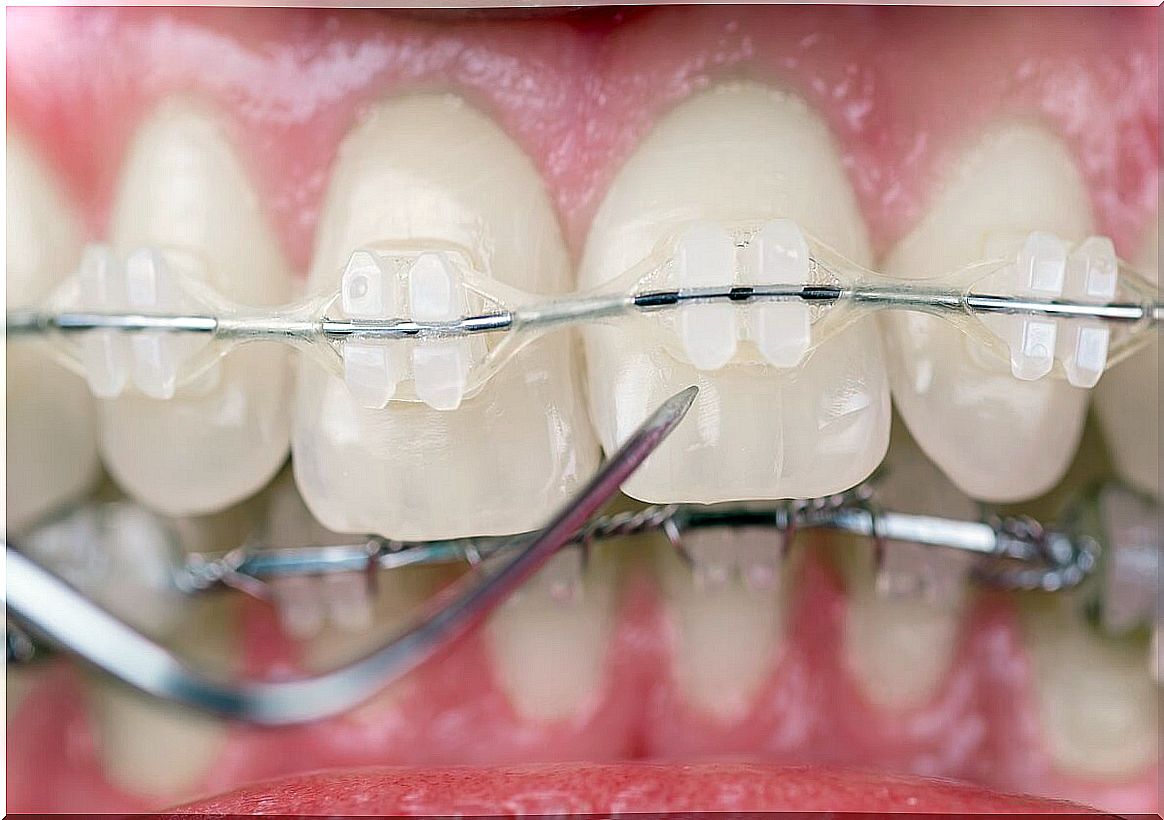
Can overbite be prevented?
There are some factors that predispose to the appearance of overbite and that cannot be avoided. In these cases, if there are already alterations in the way of biting in the family, consulting the orthodontist early allows future problems to be addressed in time.
The control in childhood of actions and customs that favor the appearance of this problem or aggravate it is also necessary. Avoiding prolonged pacifier or bottle use, finger sucking, and tongue thrusting in children will help prevent this condition.
Early and regular visits to the dentist are always the best way to detect any problems. Consulting the dentist before the baby’s first year and the orthodontist from 6 years of age allows addressing any alteration early. This avoids more expensive and complicated treatments in the future.

